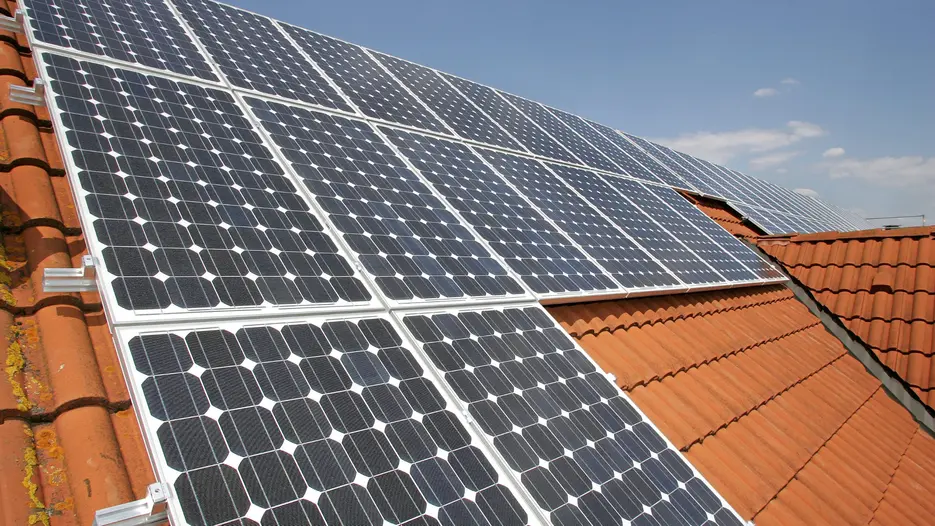“Scientific research regarding the topic area of energy storage is currently mainly concerned with technical issues. Co-evolutionary development of technical and organizational innovations in the energy storage market have however not been the subject of scientific research so far”, says Professor Zademach. Along with the development of renewable energies, an expansion of storage capacity especially for electricity that is generated in decentralized processes, is also an important pillar of the energy transition in Germany. According to the German Solar Association, 100,000 solar power storage units were already in use in fall 2018 in the form of home storage batteries. It is expected that this number will have increased by 100% by the end of 2020. At the same time, prices for these storage systems have fallen by more than 50% in the past few years.
Zademach says that central storage units such as pump-storage plants were currently only able to store part of the surplus energy or were connected to comparatively high costs. “Decentralized storage solutions, on the other hand, are much easier to develop both in the private and commercial field. Provided that they are connected to a common intelligent network, they can contribute to increasing grid stability within the range of the so-called operating reserve by making storage capacity available at short notice and thus curb further grid expansion.”
New business models have emerged within the market segment of private energy storage systems that even have the potential of fundamentally transforming the energy market – by establishing innovative trans-local vendor-customer relationships and offering alternative distribution channels. For example, a manufacturer of solar storage systems offers a decentralized energy community in which decentralized solar storage units are connected to form a large virtual power plant including storage capacity. Depending on demand and weather conditions, generated excess energy could be fed into or extracted from the community – without having to rely on established energy companies. In addition, operators of such systems would also have economic advantages, as in view of continuously decreasing feed-in tariffs and rising electricity prices, internal consumption of solar electricity is more economical than feeding it into the grid.
In general, the electricity storage market offers a special opportunity to take a closer look at the interaction of technical and organizational innovations. This is why Zademach has a fundamental research interest in the question to what extent supporters of new technologies have to assert themselves against established institutions and associated interests as so-called institutional entrepreneurs. In this context, a particular focus is placed on the interaction and success factors in the collaborative development of technical and organizational innovations – combined with institutional framework conditions and the financing factors in the market for electricity storage. “With this research focus, we would like to gain knowledge on the emergence and implementation of sustainability transitions. We are interested in the co-evolution of organizational and technical innovations and their reciprocal relationship with regional institutions”, explains Zademach. Furthermore, the project seeks to deduce recommendations for action for companies and industrial policy in order to contribute to tackling the overarching energy transition challenge.
The methodological research design will involve a mixed-methods approach that combines quantitative and network-analytical methods with qualitative components (in particular interviews and participatory observation).
